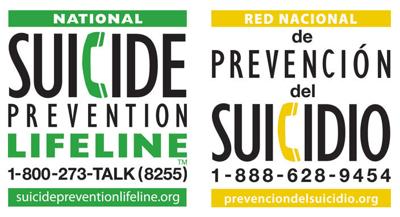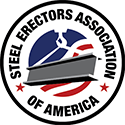 The construction industry is four times more likely than any other industry to lose an employee to suicide. Take time to educate employees about the contributing factors, signs, and prevention during National Suicide Prevention Week, September 6-12. The suicide rate in construction is 45.3/100,000 compared to the national average for other industries of 14.2/100,000. Based on these numbers, it is five times more likely that an employer will lose an employee to suicide than to what OSHA considers the fatal four: falls, electrocution, struck by, caught in/between. For men between the ages of 25 and 54, suicide is the second biggest cause of death. Men in the construction industry face the additional hardship from physical activity paired with a ‘tough guy’ culture that can make it more difficult to reach out and seek help. Stress is one of the main contributors to the decline in mental health, and it can manifest in four ways: physical, emotional, intellectual, and personal well-being. Physical symptoms can present itself as rapid weight gain or weight loss, difficulty sleeping or fatigue. Emotional stress symptoms can come from feeling incompetent and cause irritability. Intellectual symptoms are often shown through procrastination or difficulty concentrating, and personal well-being stressors can mean isolation from friends and family or a loss of sense of humor. These types of stress can exacerbate mental health issues and lead to depression and suicidal thoughts. Often, individuals choose to self-medicate and abuse both drugs and alcohol instead of seeking professional help, due in part to the stigma associated with mental health. Stress factors common in the construction industry that can contribute to a decline in mental health:
In the workplace, it is important to know what resources are available to support employees’ psychological health, and where there are gaps in the system. Learn to recognize the signs of an at-risk employee and create a supportive environment where individuals aren’t afraid of being reprimanded. Best Practices
Construction Industry Alliance for Suicide Prevention (CIASP) American Foundation for Suicide Prevention Suicide Awareness Voices of Education Man Therapy Suicide Prevention Awareness Month This Safety Flash was contributed by Dax Biederman, CHST, Trivent Safety Consulting in cooperation with SEAA’s Safety Committee. It is designed to keep members informed about ongoing safety issues and to provide suggestions for reducing risk. Best practices are gathered from a variety of sources. They may be more or less stringent than individual corporate policies, and are not intended to be an official recommendation from SEAA. Always get approval and direction from your company officers on any new practice or procedure as these best practices may not work for all situations. Everyone benefits when a worker avoids injury. Submit your ideas for Safety Flash to [email protected].
Comments are closed.
|



 RSS Feed
RSS Feed
